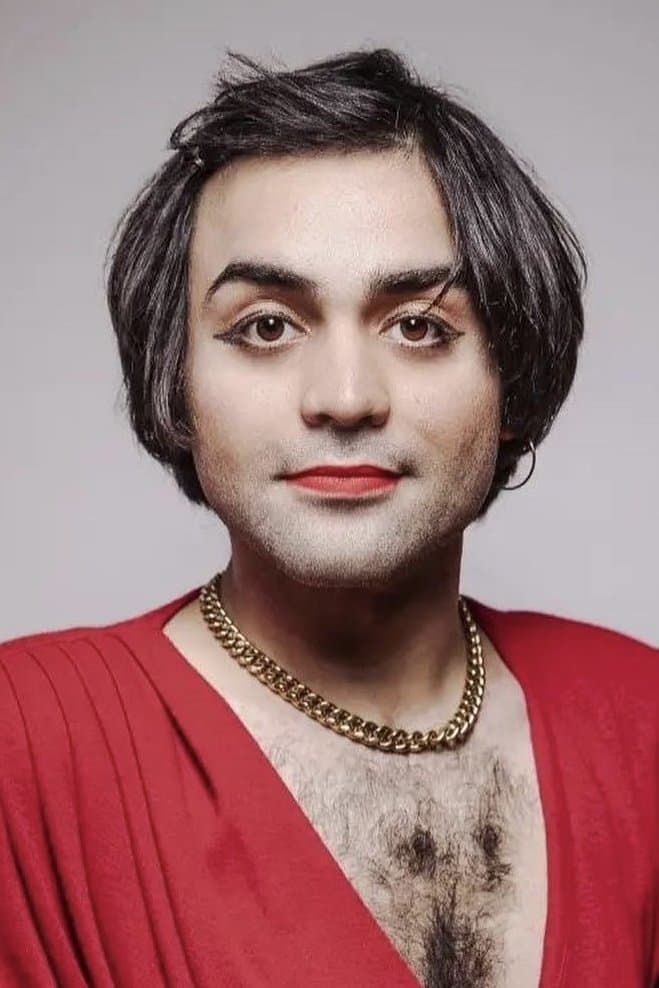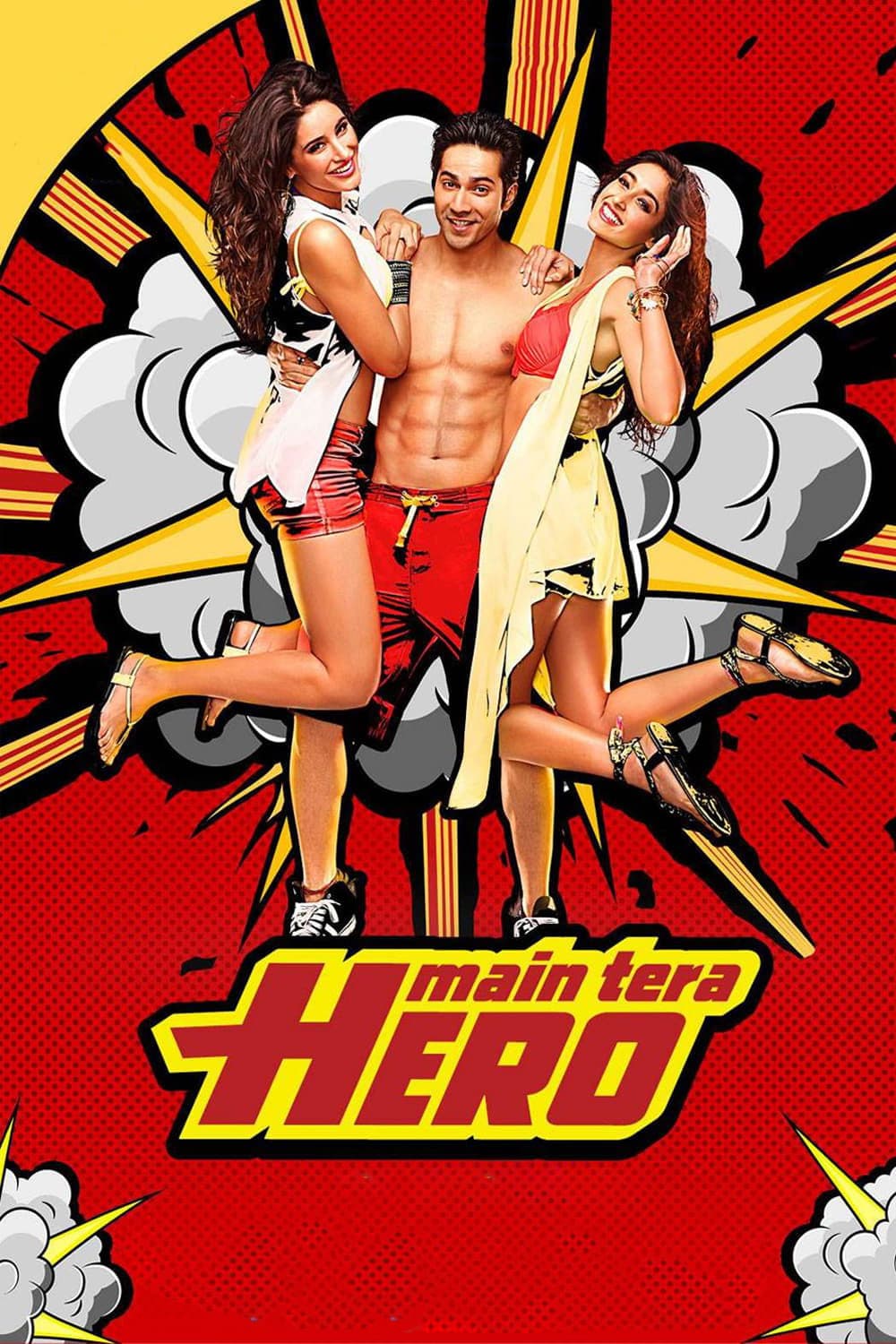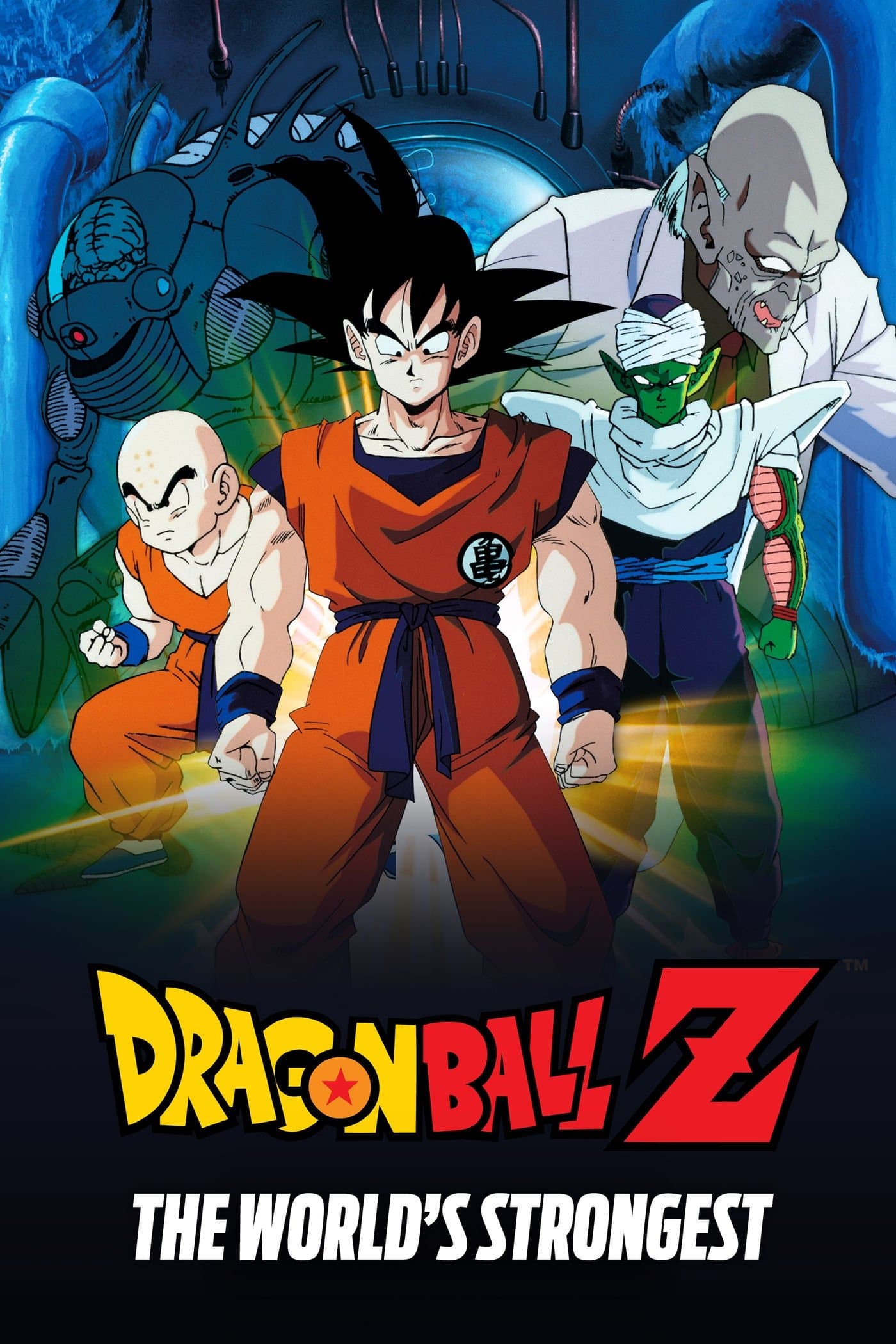10 + 4 (Dah be alaveh chahar)
Jul 08 2007
•1h 17m
•Documentary
After casting painter and video artist Mania Akbari as the central figure of his groundbreaking Ten (2002), and then witnessing her outstanding debut as a feature film director in 20 Fingers (2004), Abbas Kiarostami urged her to direct a sequel to the film. In Dah be alaveh Chahar (10 + 4), though, circumstances are different: Mania is fighting cancer. She has undergone surgery; she has lost her hair following chemotherapy and no longer wears the compulsory headscarf; and sometimes she is too weak to drive. So the camera follows her to record conversations with friends and family in different spaces, from the gondola she had famously used in her first feature to a hospital bed.
Cast
See all
Mania Akbari
herself

Amina Maher
acteur

Behnaz Jafari
actrice
Recommendations
See all
Phosphor
Returning wounded from the war Maksym was overcome by self-doubt, in his physiological state. He is undergoing rehabilitation. He loses contact with his wife. He is tormented by dreams. In one of his dreams Maksym goes to the island to catch a lot of fish, as the paramedic advised him. Maksym takes a boat, net, dynamite from the best man and sails to the island.

Main Tera Hero
Seenu loves Sunaina but they're chased by a stalking cop, an infatuated beauty and her mafia don dad - can Seenu's heroics work?

Dragon Ball Z: The World's Strongest
The evil Dr. Kochin uses the dragon balls to resurrect his mentor, Dr. Wheelo, in an effort to take over the world. Dr. Wheelo, his body having been destroyed by the avalanche that killed him fifty years before, desires the body of the strongest fighter in the world as his new vessel. Believing Roshi to be the world's strongest warrior, Dr. Kochin abducts Bulma and forces Roshi to surrender himself to save her. When Goku hears of their abduction, he goes to their rescue.

Liberation: Direction of the Main Blow
This five part epic war drama gives a dramatized detailed account of Soviet Union's war against Nazi Germany during world war two. Each of the five parts represents a separate major eastern front campaign.